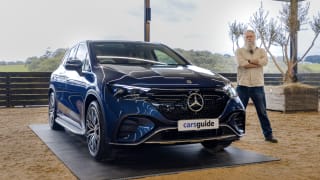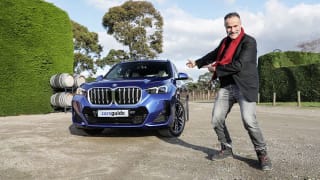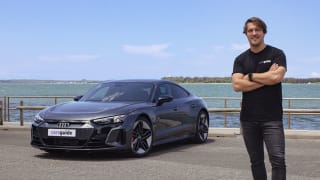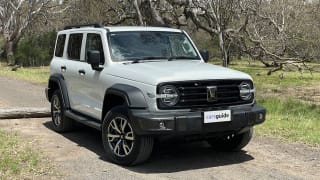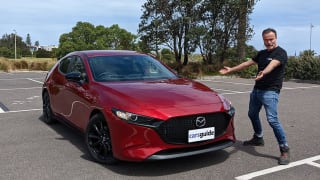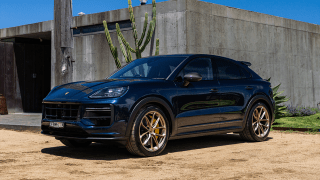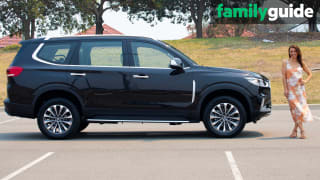As of writing this review, we don’t know how much the EV9 will cost in Australia yet. Estimates, based on overseas prices, have the car starting at a smidge under $100,000 for a base model (if you could call it that) Air rear-wheel drive version, reaching possibly as far as $130,000 for the top-spec all-wheel drive GT-Line.
The brand has suggested the Australian launch will consist of just the base 2WD Air and the top-spec GT-Line, both in seven-seat layout, but the car we sampled in South Korea is a mid-spec Earth in an intriguing six-seat layout and with the all-wheel drive powertrain.
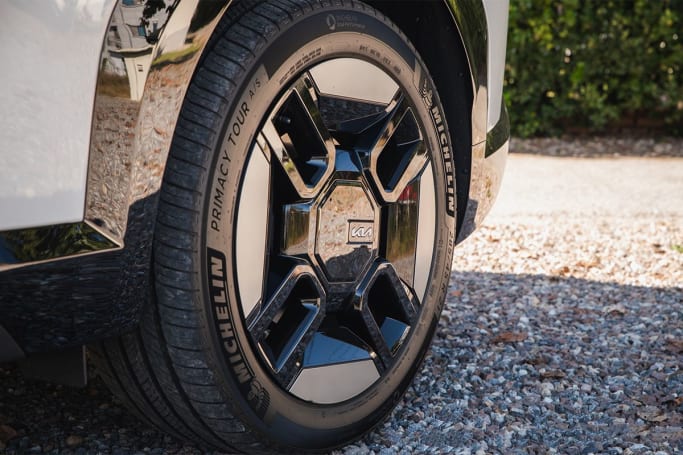
Retail for this model in Korean Won kicks off from the equivalent of AU$100,592, although our car had the six-seat ‘relaxation’ seats ($2317), 21-inch wheels ($1392), and a built-in dashcam recorder (neat feature, $690).
Other than these optional items, the EV9 at Earth grade includes synthetic leather interior trim, power seats for the first and second rows with heating, ventilation, and message functions, dual 12.3-inch screens for the digital instrument cluster and multimedia suite, Apple CarPlay and Android Auto connectivity, a wireless phone charger, eight-speaker audio system, keyless entry with push-button start, tri-zone climate, a dual sunroof, LED headlights, and of course the full set of safety equipment.

It’s a lot of stuff, and from sitting in it, I can tell you it earns its spot as the most expensive production Kia ever made.
The GT-Line grade which we’ll get in Australia at launch adds some sportier elements to the exterior design, unique wheels, a two-tone interior with synthetic suede touches (similar to the EV6 GT-Line), upgraded LED headlights with adaptive high beams, and the brand’s latest remote parking assist feature.







.jpg)
.jpg)



